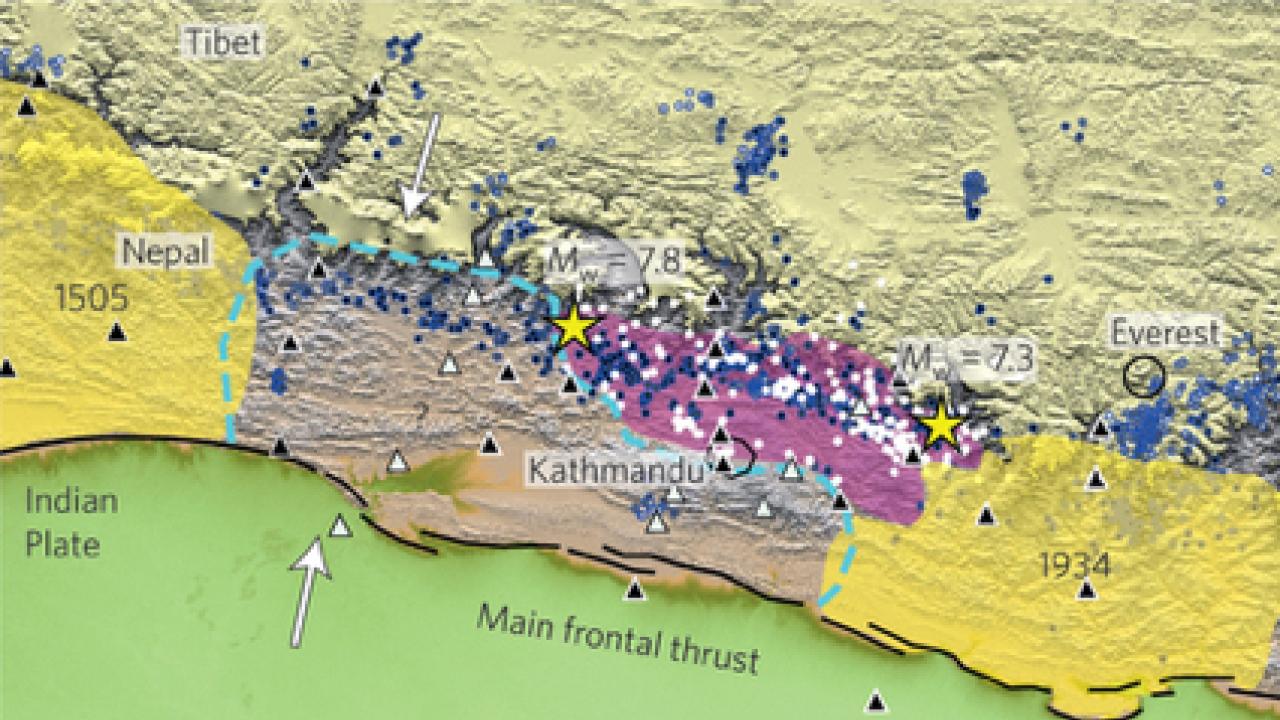
Nature Geoscience has published an article in its 30 July 2015 online edition summarizing ICTP's recent international workshop on the Nepal earthquake.
At the 'International Workshop on Nepal (Gorkha) Earthquake 2015: Present knowledge and way forward on future research', which met on 17 June in Nepal, scientists reviewed data from the earthquake itself and from the many aftershocks. Their main conclusion: Nepal's quake was not the 'big one' that has been long anticipated. "According to the expectation of workshop participants, another major earthquake to the west of Kathmandu is unavoidable. And this future quake could be much more powerful," states the article.
Nepal has been the focus of ongoing, collaborative research between ICTP's Earth System Physics (ESP) section and Tribhuvan University (which co-organized the workshop) on the seismic hazards of the Himalayas. Within hours after the 25 April earthquake, ICTP had reached out to its Kathmandu colleagues with offers of training and research support. ESP geophysicist Karim Aoudia coordinated the donation of GPS instruments to monitor Nepal's post-seismic deformation; the equipment arrived just days after the earthquake, thanks to the assistance of the UNESCO field office in Kathmandu. Aoudia says ICTP will continue to work with UNESCO and with the United Nations Development Programme to ensure that the Nepal region is properly monitored for future seismic events.
The article, titled "Raising Kathmandu", appears in Nature Geoscience (8, 582-584, doi:10.1038/ngeo2498).
















